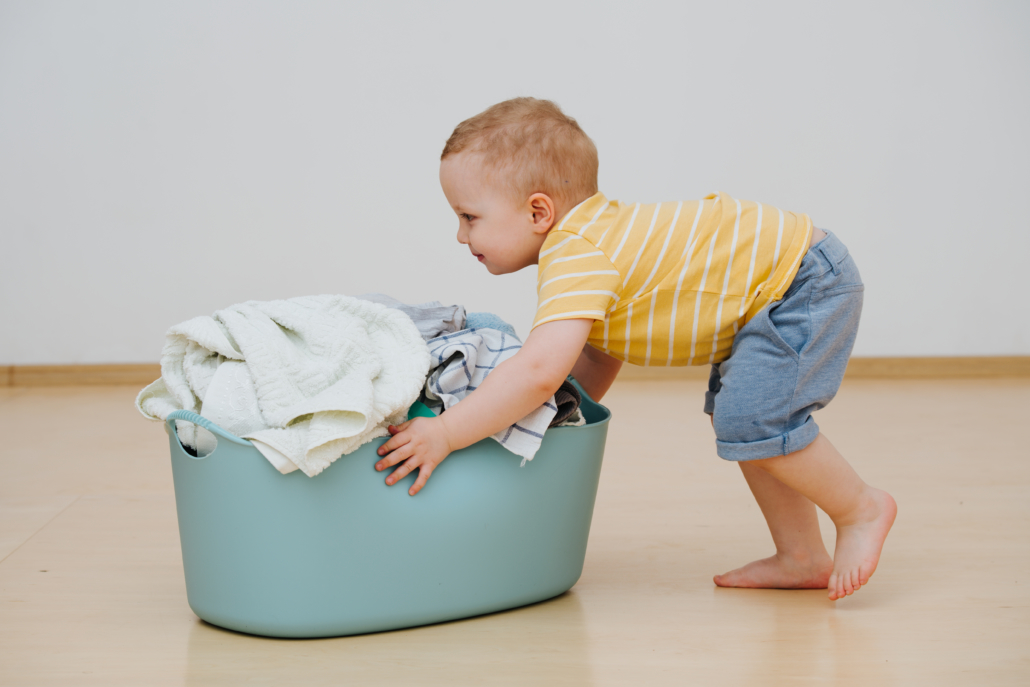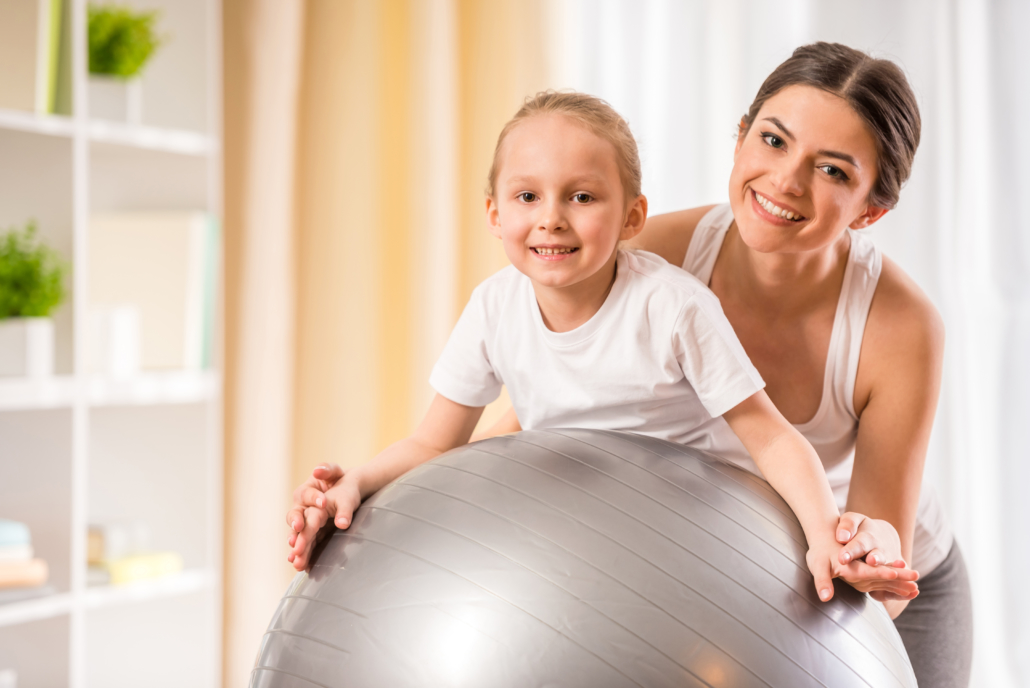

- Call 908 543 4390
- Email
- Dr.Joni Redlich PT,DPT


If you know what Physical Therapists do, you know one of the big things we focus on are MUSCLES! I’m sure you have heard all about your glutes and your abdominal muscles, but there is one group of muscles you may not have heard that much about, because it gets a little neglected sometimes. These muscles are the ones that help you BREATHE! Yes, there is a whole group of muscles that help you breathe, and just like every other muscle in the body, they can be EXERCISED to improve strength, endurance, and control. Normally, you don’t have to think when you breathe, which is really awesome because if we did have to think, we would probably not have the brain power to do anything else. But when we do think about breathing, we can teach the muscles to work in new and more efficient ways. Once you do train these muscles to work better, they start working like that for automatic breathing too! We miss doing these types of exercises at the clinic because of COVID, but that doesn’t mean they can’t be done in a safe, COVID free home environment!
Now, you might be asking yourself, why does this matter? Well, if you notice your child becoming out of breath while trying to walk and talk at the same time, they might have difficulty keeping their breathing efficient while they are moving around. If your child frequently becomes quiet or holds their breath when trying difficult things, they may have trouble coordinating breathing with complex motor and cognitive tasks. If this sounds like your child, here are some exercises that may be helpful for training their muscles for breathing for greater efficiency:
If you found this information interesting and believe these concepts may apply to your child, but would like a second opinion, come on over to KidPT for a consultation with one of our Physical Therapists! And remember, inhale, exhale, and you will go places!
Disclaimer: All information in this post is for educational purposes only. If looking for medical advice, seek a doctor or related healthcare provider.

We’re all back in the swing on school after a nice holiday break off! With the transition back to school comes a shift in priorities, back to classes and schoolwork, and we know all you want to do is set your child up for success in the new year! Many kids have trouble keeping their posture upright throughout the day, and good, supported posture is one of the key elements leading to good focus while in school. Though you might not be able to do much about this while they are in person, you can adapt their environment to support them while they are remote learning. Here are some things to look for and tips to get you started:
Remember, it is hard for anyone to focus when they are having trouble staying on balance or trouble activating their muscles for the long virtual school day. But, with these tips you can have your child on the path to postural support while learning in no time! You got this parents!
If you liked these tips or want to watch the video for this post, click here:

Stressed about the challenges the new year will pose for your child with learning new skills and reaching new goals? Don’t worry, you’ve come to the right place. Here at KidPT, we’re here to help your child to reach and exceed their potential. Just like we use every tool at our disposal to help our kiddos become successful here in the clinic, we believe parents should be empowered to do the same at home! To help you to help your child on their path toward success, we’ve written down some helpful hacks and philosophies that we use in our PT sessions every day that you can start to implement at home:
You’ve got this, and so does your child, and together you can be a confidence boosting TEAM!

Happy New Year! We all know what ringing in the new year means, new goals and shiny aspirations! We all hope that with the shift into a new year, we will be able to do things we haven’t done before, reach new heights, and achieve our dreams. With all of our heads in the clouds, we also have to remember that 2020 was a difficult year for everyone and that even though 2021 is a new year, we should cut ourselves some slack and give ourselves more time to work toward our goals along with time to destress. We don’t want to put too much pressure on ourselves, and we don’t want our kids to do this either. For them the new year means a new semester and new topics at school, and they can feel just as much stress from this shift as we adults can! Here are four ways that you and your child can destress and center yourselves with movement for a more successful and calm transition to the new year:



If you tried any of these strategies or if you would like more tips on how to stay calm and focused in the new year, email us at info@kidpt.com or message us on instagram @kidpt or facebook @kidptnj.
